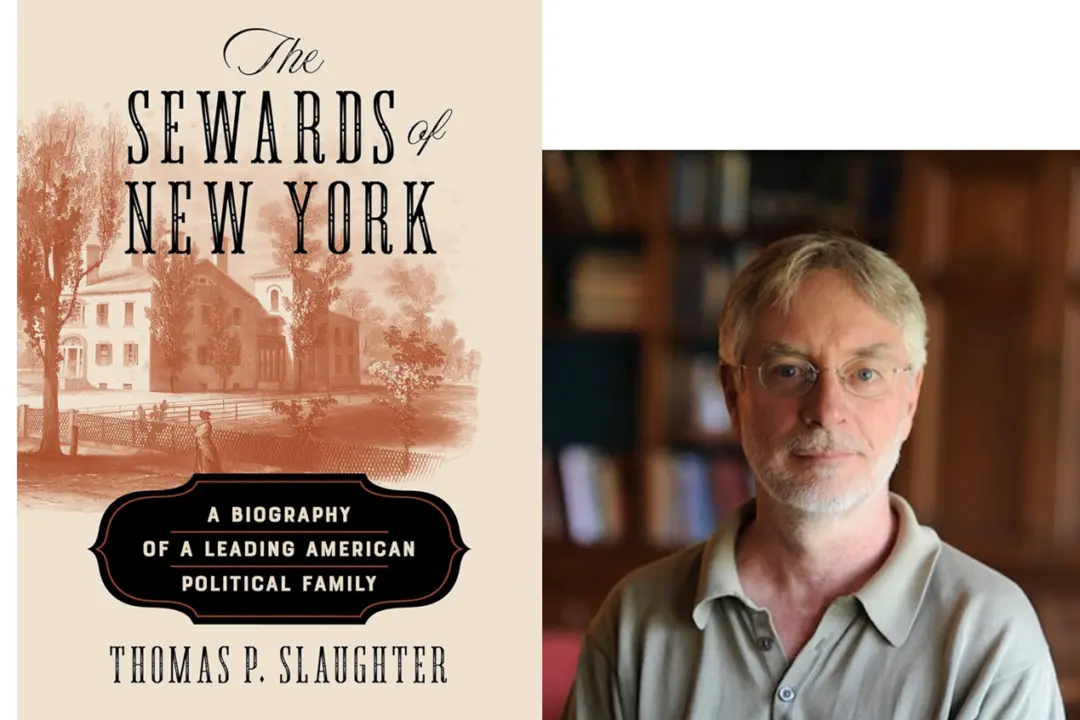Samuel Ryan Curtis was one of the North’s most successful generals during the American Civil War. He never lost a battle and was the victor at several key battles, including Pea Ridge. He commanded Union forces in the Trans-Mississippi and negotiated peace with the Sioux late in the war. A nationally-known civil engineer before the war, he also helped found the Republican Party. Today, he is almost entirely forgotten.
“Union General: Samuel Ryan Curtis and Victory in the West” by William L. Shea examines Curtis’s life. Shea reveals an extraordinary man and someone important to American history. His contributions were important in three different fields: politics, engineering, and the military. The first biography of the man, it is a worthy examination of his life.






